Selection Factors of Surface Protective Film
2025-04-01
Substrate Compatibility
Protection Requirements
Optical Properties
Adhesive Strength
Ease of Application and Removal
You Might Also Like
-
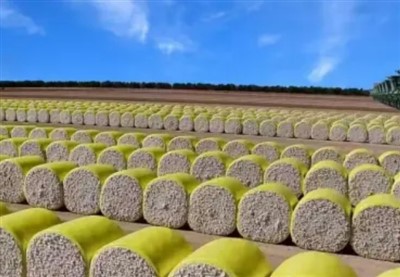
what are the advantages of cotton packaging film
-
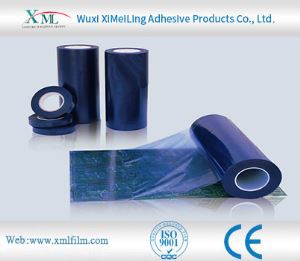
How does pe protective film cope with high temperature environment
-

The Advantages of Cotton Wrap Film
-
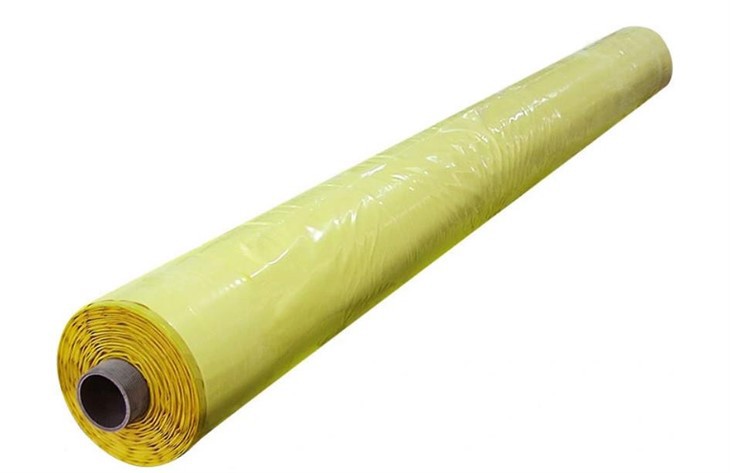
Advantages of Cotton Bale Wrap Film
-
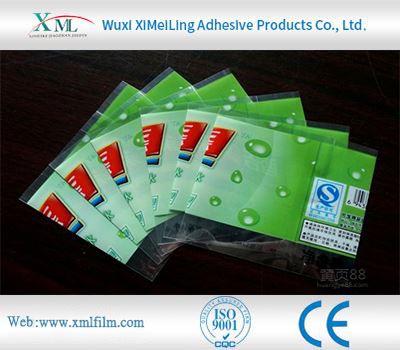
How Polyethylene Packaging Material Copes with High Temperature Environment
-
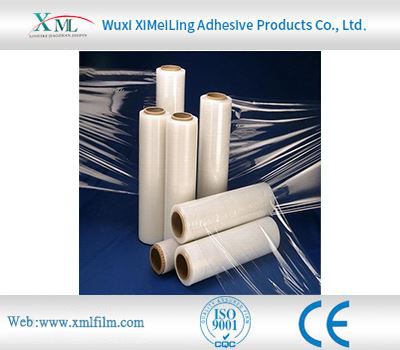
How to Remove Protective Transparent Plastic Film Without Damaging the Surface
